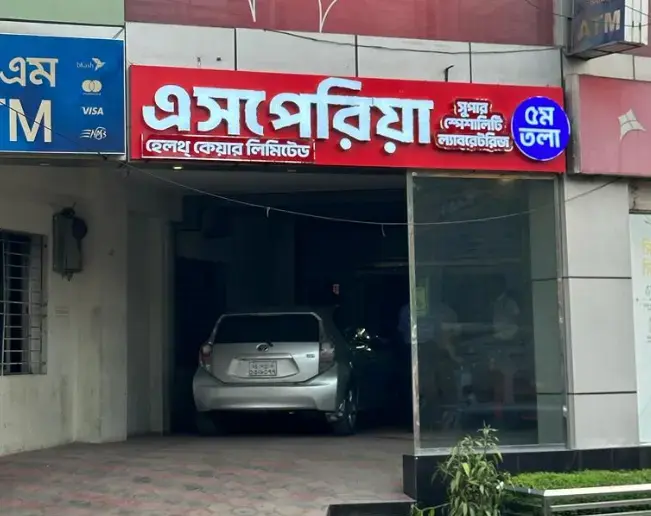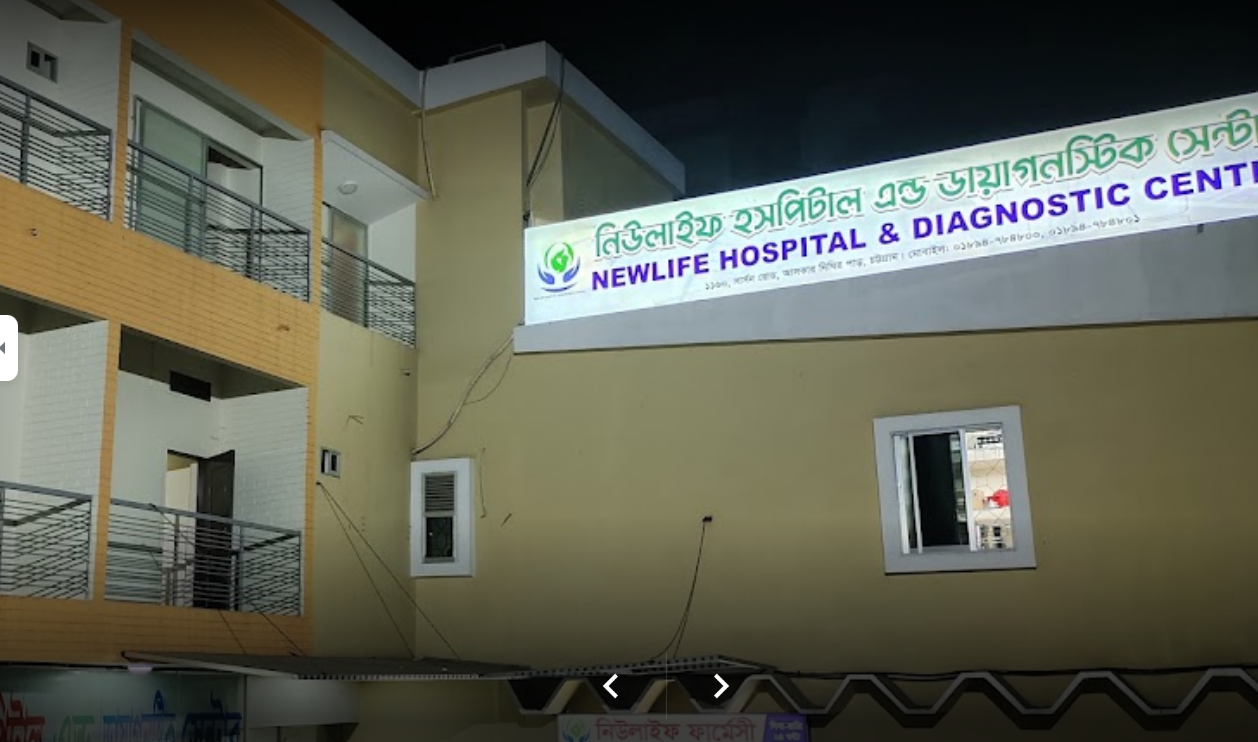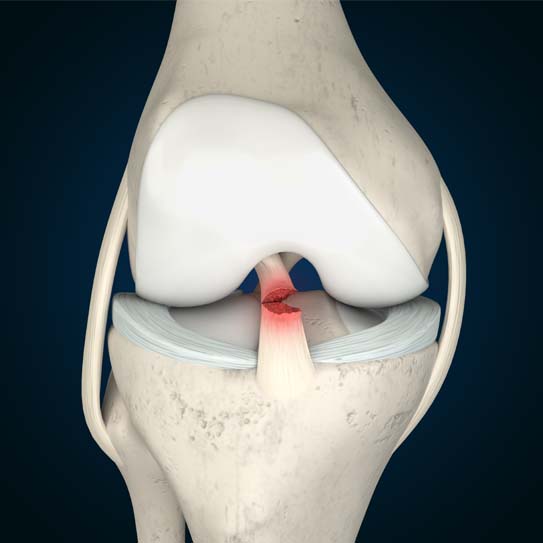Different Grades of ACL Tear
ACL Reconstruction is a surgical treatment for ACL tears. ACL tears usually happen due to unusual movements such as excessive bending and stretching of the knee joint, leading to stretching of the anterior cruciate ligament. They are the most common type of sports injuries. Generally, based on their severity, ACL tears can be graded as
- Grade I: Mild stretching of the ligament
- Grade II: Partial tear of the ligament
- Grade III: Complete ligament tear
Grade III ACL tears are often accompanied by meniscus tears. Completely torn ACL tears do not heal on their own. ACL reconstruction surgery is done by removing the torn ligament and replacing it with a tendon graft. Similarly, meniscus tears do not heal without surgical intervention. A meniscectomy involves the removal of the fragments of the torn meniscus to promote healing.
Different Types of Tendon Grafts Used for ACL Reconstruction Surgery
Depending on the availability of the graft, patient and surgeon preference, patient’s budget, etc., there are several different types of grafts that can be used for ACL reconstruction surgery:
- Autograft: An autograft is a tendon graft that is taken from another part of the patient’s body such as their other knee, hamstring, or thigh.
- Quadriceps ligament graft
- Hamstring ligament graft
- The patellar ligament graft
- Allograft: An allograft, also called cadaver graft, is a tendon graft that is taken from someone else, most commonly a deceased donor.
- Synthetic graft: A synthetic graft is artificially made from biocompatible substances like carbon fiber, Teflon, etc.











![function at() { [native code] }](https://img.pristyncare.com/treatment%20section%2Fsection-1%2FACL-Tear.jpg)
